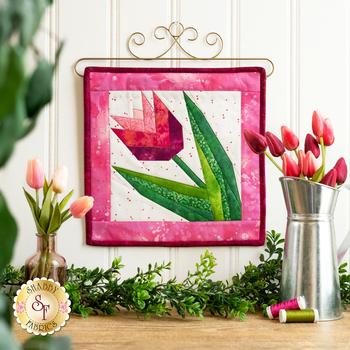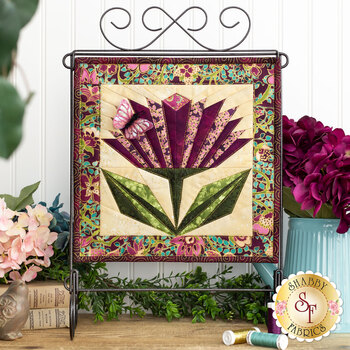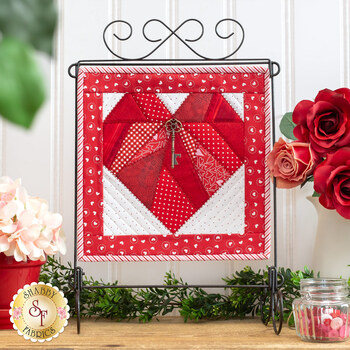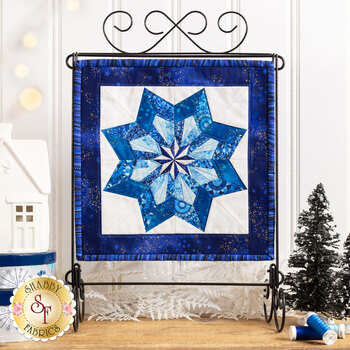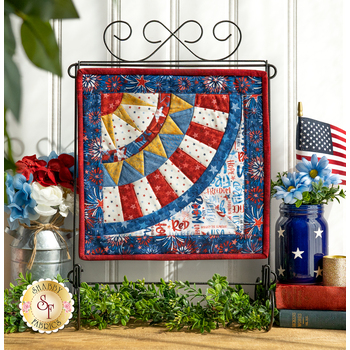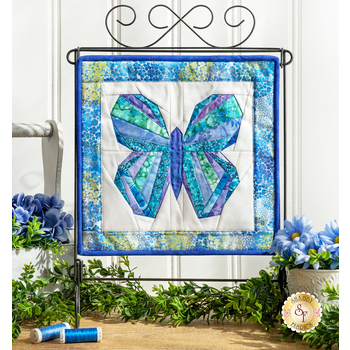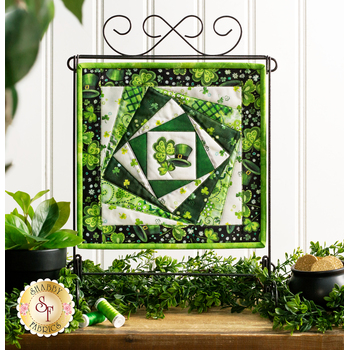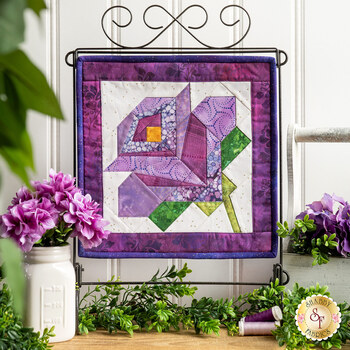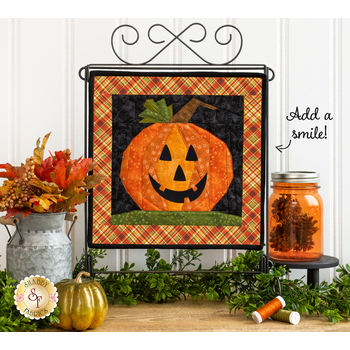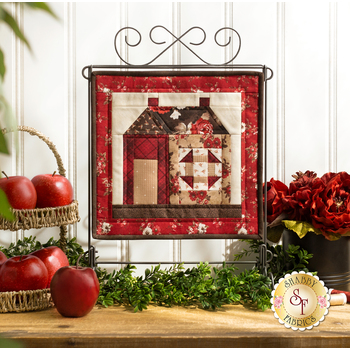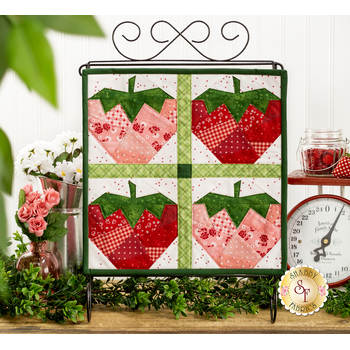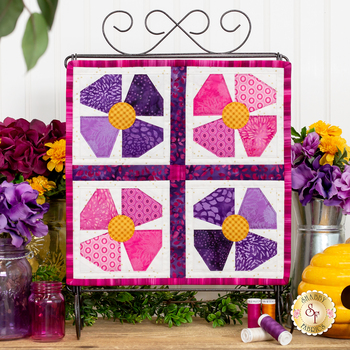Foundation Paper Piecing Series
Learn how to do Foundation Paper Piecing with Shabby Fabrics as monthly themed quilt blocks are released with tutorial videos to ensure that the blocks of even the most beginner quilter turn out perfectly!
Frequently Asked Questions About Foundation Paper Piecing Series
Foundation Paper Piecing (FPP) is a piecing technique that uses paper as a stabilizer for fabric pieces that are sewn together one at a time, working from the inside of a shape outward to create a mosaic-like image. FPP is an especially fantastic technique for working with tiny fabric pieces and complicated images.
In FPP, a sewing machine is used to adhere the fabric pieces directly onto the back side of the printed paper pattern, cutting them to size as more are added. The quilter is working with fabric pieces that are larger than the finished size and include seam allowances as they work from the center of a piece, layering outward. Measuring a ¼” seam as each fabric is attached to the growing work, quilters then trim any excess fabric, keeping the edges neat and ensuring the perfect size every time.
Because of the way paper is used to stabilize the fabric in one piece, serving as the foundation on which patchwork is attached, the paper used is a lighter freezer weight or standard weight paper that is torn from the finished seams and discarded once the patchwork is finished. Some quilters opt to leave the paper inside the finished project, especially if it's a decor item that would not need to be washed.
Follow along with Jen in our Foundation Paper Piecing video tutorials to see this technique in action along with some helpful tricks to make this your new favorite piecing technique!
In EPP, the quilter is working with fabric pieces that are in the shape and size of the finished patchwork, piecing it together as you would a puzzle.
EPP requires the quilter to cut out each shape and baste the fabric and paper templates together using either thread or glue before getting started.
EPP traditionally uses hand-stitching (or machine-stitching) to carefully sew only the touching edges of the fabric seams together.
EPP uses heavier card stock paper that can be removed from the shaped fabric and reused again and again.
In FPP, the quilter is working with fabric pieces that are larger than the finished size and include seam allowances as they work from the center of a piece, layering outward.
FPP typically uses a sewing machine (though it can also be sewn by hand) to adhere the fabric pieces directly onto the paper pattern, cutting them to size as more are added.
FPP allows the quilter to get started right away, using a sewing machine to sew right onto the paper, but requires the quilter to measure seam allowances for each fabric piece as they go.
FPP, because of the difference in the way paper is used to stabilize and piece the fabrics together, the paper used is a lighter or standard weight paper that is torn from the finished seams and discarded.
Be sure to watch our tutorial videos for Foundation Paper Piecing for expert advice and demonstration from Jen!
The best project to begin with to learn how to quilt is a quilt block. There are many ways to use a quilt block in a project when you're finished; You can make a pillow, wall hanging, or make more to stitch together into a larger quilt. The possibilities are limited only by your imagination! We recommend using a pattern to start but there are lots of ways for you to add your own personal touches. Be sure to check out our Learn to Quilt video series to follow along with Jen as she walks you through making your very first quilt with helpful tutorials, tips, and tricks!
While it is possible to write your own pattern for FPP, we recommend that quilters follow a pattern until they reach an advanced enough level to write one of their own!
Writing an FPP pattern is a lot of work and calculation to create a larger image or mosaic-like design, since the patchwork is built in growing layers from the inside out.
Be sure to watch our tutorial videos for Foundation Paper Piecing for expert advice and demonstration from Jen!

